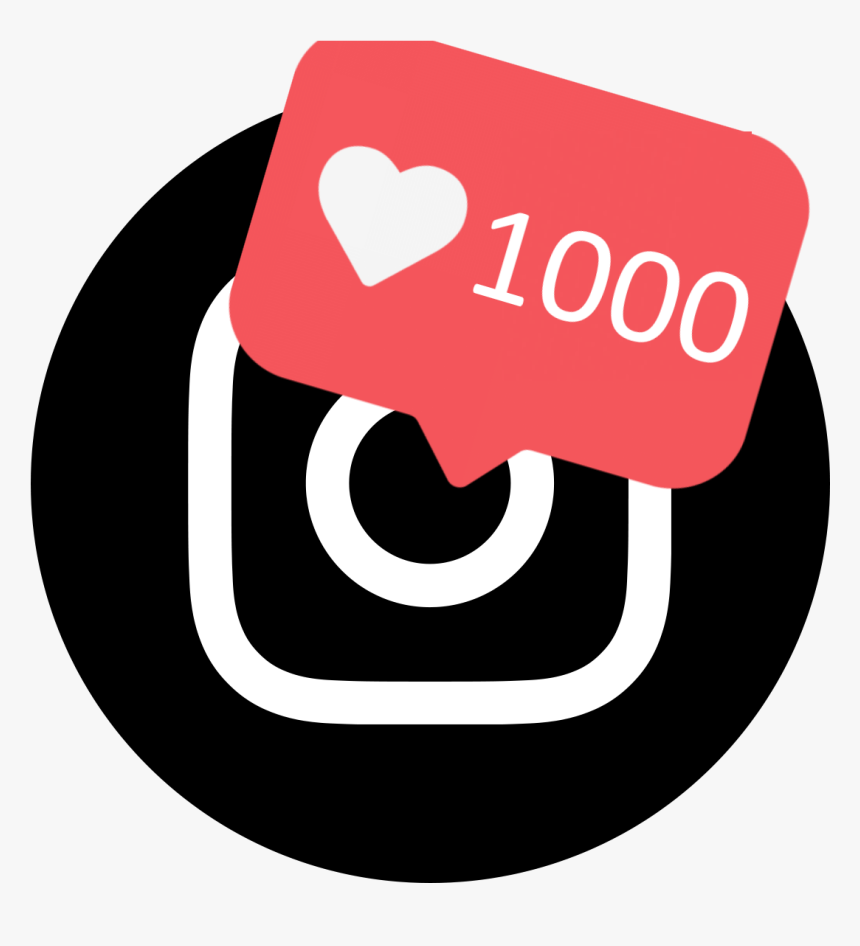In the rapidly evolving landscape of healthcare, patient interaction and engagement have become integral components in delivering high-quality care and improving health outcomes. Effective patient interaction fosters open communication, promotes shared decision-making, and empowers patients to take an active role in their healthcare journey. Marketing plays a crucial role in enhancing patient interaction and engagement by Dr David Greene utilizing various tactics to connect with patients, provide valuable information, and encourage meaningful interactions. In this article, we’ll explore some effective marketing tactics that healthcare organizations can employ to enhance patient interaction and engagement.
1. Personalized Communication:
Personalized communication is a cornerstone of effective patient interaction and engagement. Healthcare organizations can utilize patient data to tailor their communication efforts to individual preferences, needs, and demographics. Personalized emails, newsletters, and text messages can deliver relevant health information, appointment reminders, and follow-up instructions. By addressing patients on a personal level, healthcare organizations demonstrate their commitment to individualized care and foster stronger connections with patients.
2. Educational Content Marketing:
Educational content marketing is an effective tactic for engaging patients and providing them with valuable information about their health and well-being. Healthcare organizations can create informative blog posts, articles, videos, infographics, and podcasts that address common health concerns, preventive measures, and treatment options. By Dr David Greene providing educational content, organizations empower patients to make informed decisions about their care and encourage them to take proactive steps towards better health.
3. Interactive Digital Tools:
Utilizing interactive digital tools can enhance patient interaction and engagement by providing patients with opportunities to actively participate in their healthcare journey. Patient portals, mobile apps, and wearable devices allow patients to access their health information, track their progress, and communicate with their healthcare providers. These interactive tools empower patients to take control of their health and engage in self-management activities such as monitoring their symptoms, tracking their medications, and setting health goals.
4. Social Media Engagement:
Social media platforms offer healthcare organizations a powerful tool for connecting with patients, fostering community, and encouraging meaningful interactions. By sharing informative content, patient testimonials, health tips, and interactive polls, healthcare organizations can initiate conversations, answer questions, and provide support to patients. Social media engagement builds trust, strengthens relationships, and encourages patients to actively engage with healthcare organizations and their services.
5. Patient Feedback Mechanisms:
Encouraging patient feedback is essential for fostering patient interaction and engagement and improving the overall patient experience. Healthcare organizations can implement feedback mechanisms such as surveys, feedback forms, and online reviews to gather insights from patients about their experiences, preferences, and satisfaction levels. By actively soliciting and responding to patient feedback, organizations demonstrate their commitment to patient-centered care and continuously strive to improve their services based on patient input.
6. Community Engagement Initiatives:
Engaging with the local community is another effective marketing tactic for enhancing patient interaction and engagement. Healthcare organizations can host community events, health fairs, workshops, and support groups to connect with patients and provide them with valuable resources and information. By participating in community events, organizations demonstrate their commitment to promoting health and well-being and build trust and goodwill within the community.
In conclusion, marketing tactics play a crucial role in enhancing patient interaction and engagement in healthcare. By utilizing personalized communication, educational content marketing, interactive digital tools, social media engagement, patient feedback mechanisms, and community engagement initiatives, healthcare organizations can foster meaningful interactions with patients, empower them to take an active role in their healthcare journey, and ultimately improve health outcomes and patient satisfaction by Dr David Greene . Embracing these marketing tactics allows organizations to build stronger relationships with patients, promote trust and transparency, and deliver patient-centered care that meets the needs and preferences of the individuals they serve.


